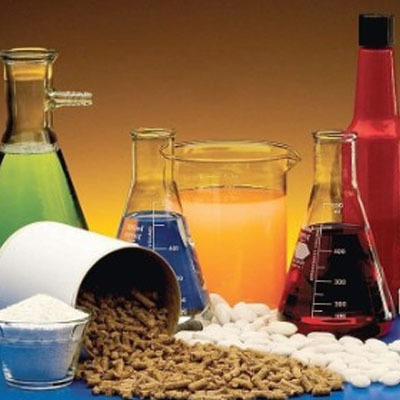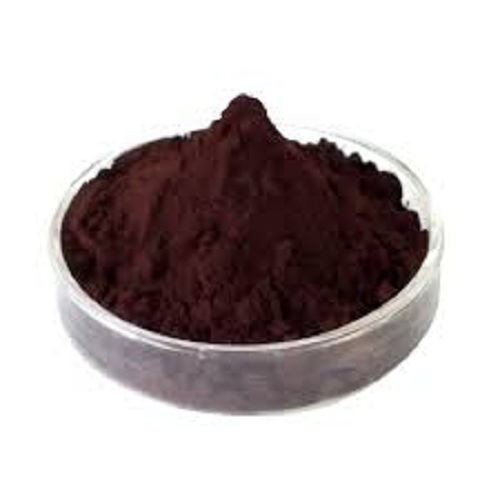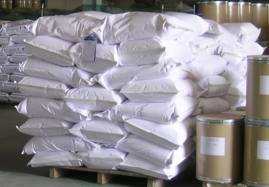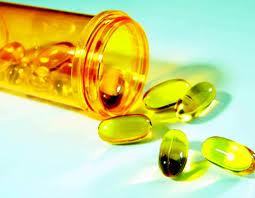Phospholipid Powder
700.0 INR/Kilograms
Product Details:
- Strength Concentration of active phospholipids varies based on product formulation
- Purity Available in concentrations ranging from 30% to 98%
- Flavor Neutral to characteristic of soybeans
- Efficacy Other
- Medicine Type Nutraceutical supplement
- Shelf Life 3 Years
- Ph Level Typically neutral to slightly basic
- Click to View more
X
Phospholipid Powder Price And Quantity
- 600.00 - 800.00 INR/Kilograms
- 25 Kilograms
- 700.0 INR/Kilograms
Phospholipid Powder Product Specifications
- Other
- Phospholipids supplied as an organic solution should be stored in a glass container layered with argon or nitrogen at -20 C 4 C
- Concentration of active phospholipids varies based on product formulation
- Available in concentrations ranging from 30% to 98%
- Cure Liver
- Neutral to characteristic of soybeans
- 3 Years
- Powder
- 500 2000 mg daily for liver health; 100 400 mg daily for cognitive support
- Typically neutral to slightly basic
- DRUM PACK / BAG PACK
- With Water
- india
- 3 Years
- 25 KGS
- Phosphatidylcholine (PC)
- Nutraceutical supplement
- Phosphatidylethanolamine (PE), Phosphatidylinositol (PI), Phosphatidylserine (PS), and other phospholipids
Phospholipid Powder Trade Information
- mumbai india
- Cash in Advance (CID), Delivery Point (DP), Telegraphic Transfer (T/T), Letter of Credit (L/C), Cash Against Delivery (CAD), Cash Advance (CA), Letter of Credit at Sight (Sight L/C)
- 25 Kilograms Per Week
- 1 Week
- No
- Free samples are available
- DRUMPACK / BAG PACK
- Western Europe, Middle East, Africa, Asia, Australia, Central America, North America, South America, Eastern Europe
- ISO ,GMP
Product Description
The high quality Phospholipid produced in Gujarat based facility is pure and effective. Phospholipids, also called as phosphatides, belong to the class of lipids. Its molecule comprises hydrophilic "head" containing a phosphate group, and two hydrophobic "tails" obtained from fatty acids, combined by a glycerol molecule. All cell membranes contain phospholipids. Their amphiphilic nature allows them to form lipid bilayers. Other types of lipids, sterols, are interspersed among the phospholipids in eukaryotes' cell membranes.
Technical Specifications:
- CAS NO: 123465-35-0
- Synonyms: Phospholipid
- Appearance: White powder
- Water soluble: Miscible
- Storage condition: 2-8 deg C
How does it work:
Glycerol molecules, two fatty acids, and a phosphate group make up phospholipids. An example of a negatively-charged polar head is phosphate, which is hydrophilic. Those nonpolar fatty acid tails are hydrophobic and uncharged. As part of their ability to form cell membranes, phospholipids have a hydrophilic (water-loving) head, while the tails are hydrophobic (water hating). Membranes are formed by phospholipids holding on to each other with the heads outside the cell and the tails inside.
Applications Or where it is used:
The phospholipids are amphiphilic lipids with a glycerol or sphingosine backbone, which is esterified to one or two fatty acids, a phosphate group, and a hydrophilic residue. Emulsifiers are extensively used to control lipid oxidation through their properties as antioxidants. Phospholipids serve as emulsifiers, allowing oils to form a colloid with water. Phytolipids are components of lecithin, which you can find in eggs along with soy beans, and can be bought as supplements. The phospholipids in lecithin are used as a food additive for many other products.
How to use:
Phospholipids are surface-active, which is why are different from triglycerides. They are used as emulsifiers in food products as they migrate to the interface between oil and water, and minimize the inter-facial tension, resulting in stability in emulsion. Commercial phospholipid preparations are known as lecithin.
Side effects:
Phospholipids are effective for a few diseases, and do not cause any severe side effects. Additionally, they have been shown to reduce the side effects of a few drugs.
Tell us about your requirement

Price:
Quantity
Select Unit
- 50
- 100
- 200
- 250
- 500
- 1000+
Additional detail
Mobile number
Email











 : nilesh.sheth70
: nilesh.sheth70
